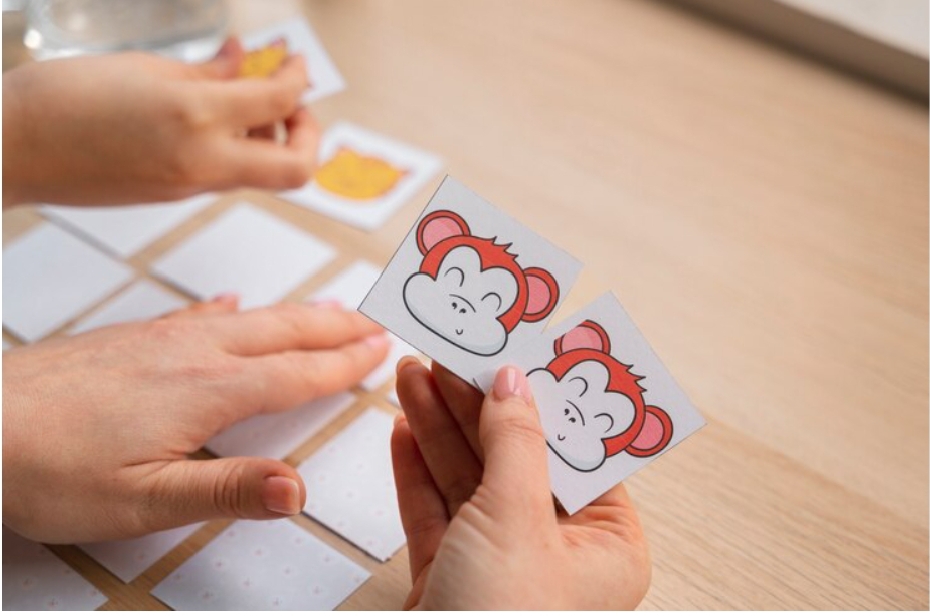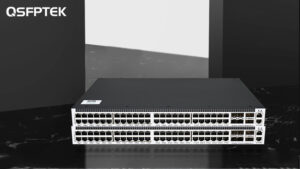Stickers have become a ubiquitous form of expression, adding vibrancy and personality to various surfaces. Among the plethora of sticker types, holographic and glitter stickers stand out for their unique visual allure. While both offer captivating features, they diverge significantly in composition, appearance, and application. Let’s delve deeper into the dissimilarities between holographic and glitter stickers.
Table of Contents
ToggleComposition and Construction
Holographic stickers are crafted from a specialized material that generates a three-dimensional effect, often employing diffraction patterns to create a mesmerizing rainbow-like sheen. Conversely, glitter stickers are comprised of a base material infused with reflective particles, typically metallic or plastic, to achieve a sparkling effect reminiscent of scattered light.
Interaction with Light
The visual appeal of holographic stickers lies in their dynamic interaction with light, diffusing it into an array of colors and creating a prismatic display that shifts with movement. Glitter stickers, on the other hand, rely on the reflection of light from embedded particles, resulting in a twinkling effect that remains consistent.
Texture and Tactile Sensation
Holographic stickers often boast a smooth surface, allowing for intricate designs that enhance the holographic effect without compromising texture. In contrast, glitter stickers may feature a slightly textured surface due to the presence of reflective particles, adding tactile interest and depth to the sticker.
Complexity of Design
Holographic stickers lend themselves well to intricate and elaborate designs, thanks to their ability to display a broad range of colors and patterns with clarity and precision. Glitter stickers, while still capable of detailed designs, may be more suited to simpler motifs due to the nature of the glitter particles and their arrangement.
Applying Techniques and Precision
Applying holographic stickers may require more precision and attention to detail to maximize the holographic effect, as their appearance can vary depending on the angle and lighting conditions. Glitter stickers, while still requiring careful application, may offer more flexibility in placement due to their consistent sparkle.
Reflective Properties and Intensity
Holographic stickers derive their reflective properties primarily from the diffraction of light waves, resulting in a dynamic and multi-colored display that captivates the eye. Glitter stickers, on the other hand, achieve reflectivity through the arrangement of reflective particles, offering a more concentrated and intense sparkle.
Color Range and Diversity
Holographic stickers often boast a diverse and vibrant color palette, ranging from iridescent hues to spectral tones, allowing for a myriad of creative possibilities. Glitter stickers, while still offering a range of colors, may have a more limited palette dictated by the available glitter particles.
Resilience to Wear and Tear
Holographic stickers are generally resilient to scratches and fading, thanks to the durable nature of the holographic material and printing techniques employed. Glitter stickers, while still robust, may be more susceptible to gradual wear and tear over time, particularly if subjected to abrasion or frequent handling.
Application Surfaces and Compatibility
Holographic stickers adhere well to smooth surfaces such as glass, plastic, and paper, allowing for versatile application on various objects. Glitter stickers, while also suitable for smooth surfaces, may require additional adhesive or sealing for long-term adherence, particularly on certain materials like fabric or textured surfaces.
Maintenance and Longevity
In terms of maintenance, holographic stickers typically require minimal care and can retain their vibrant appearance over time with proper handling. Glitter stickers may need occasional cleaning to remove dust or debris that can dull their sparkle, especially in high-traffic areas or exposed to environmental factors.
Popularity and Accessibility
The custom stickers enjoy widespread popularity among consumers, with variations available in various sizes, shapes, and designs to suit different preferences and applications. However, the availability of holographic stickers may be slightly more limited compared to glitter stickers, which are often more readily accessible in craft stores and online marketplaces.

Artistic Expression and Creativity
Holographic stickers offer a futuristic and avant-garde aesthetic that lends itself well to bold and imaginative designs, allowing artists and creators to explore new dimensions of visual expression. Glitter stickers, on the other hand, evoke a sense of whimsy and playfulness, inviting creativity and experimentation with color, texture, and composition.
Impact and Impressions
The impact of holographic stickers lies in their ability to captivate and intrigue viewers with their dynamic and ever-changing visual display, leaving a lasting impression that resonates with futuristic aesthetics. Glitter stickers, meanwhile, leave a shimmering and sparkling impression that adds a touch of glamour and enchantment to any surface, making them a timeless favorite for decorative purposes.
Conclusion
In conclusion, while holographic and glitter stickers share a common purpose of adding visual interest and personality to various surfaces, they possess distinct characteristics that set them apart in terms of composition, appearance, and application. Holographic stickers captivate with their dynamic interaction with light, creating a mesmerizing display of colors and patterns that evoke a futuristic aesthetic. On the other hand, glitter stickers enchant with their consistent sparkle and shimmer, adding a touch of whimsy and glamour to any setting.
More Stories
The Importance of Corporate Sustainability
In today’s global marketplace, corporate sustainability has become a vital need for enterprises. Companies are expected to do more than...
Classical Meets Modern: Caravaggio’s Impact
Caravaggio artworks, known for their dramatic lighting and emotional intensity, offer a unique blend of the classical and contemporary, making...
How Magento 2 Extensions by Webiators 10X Your
In today's competitive e-commerce world you need to use advanced tools and technology in a smart way to set yourself...
Luke Hodson: Pioneering the Future of Youth Marketing Strategies
Luke Hodson: Pioneering Youth Marketing in the Digital Era Luke Hodson, a luminary in the realm of youth marketing, resides...
The Art of Überzetsen: Translating Beyond Words
Have you ever marveled at the seamless translation of your favorite foreign books, movies, or songs? Enter the realm of...

